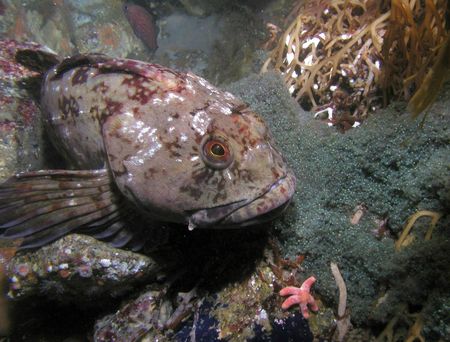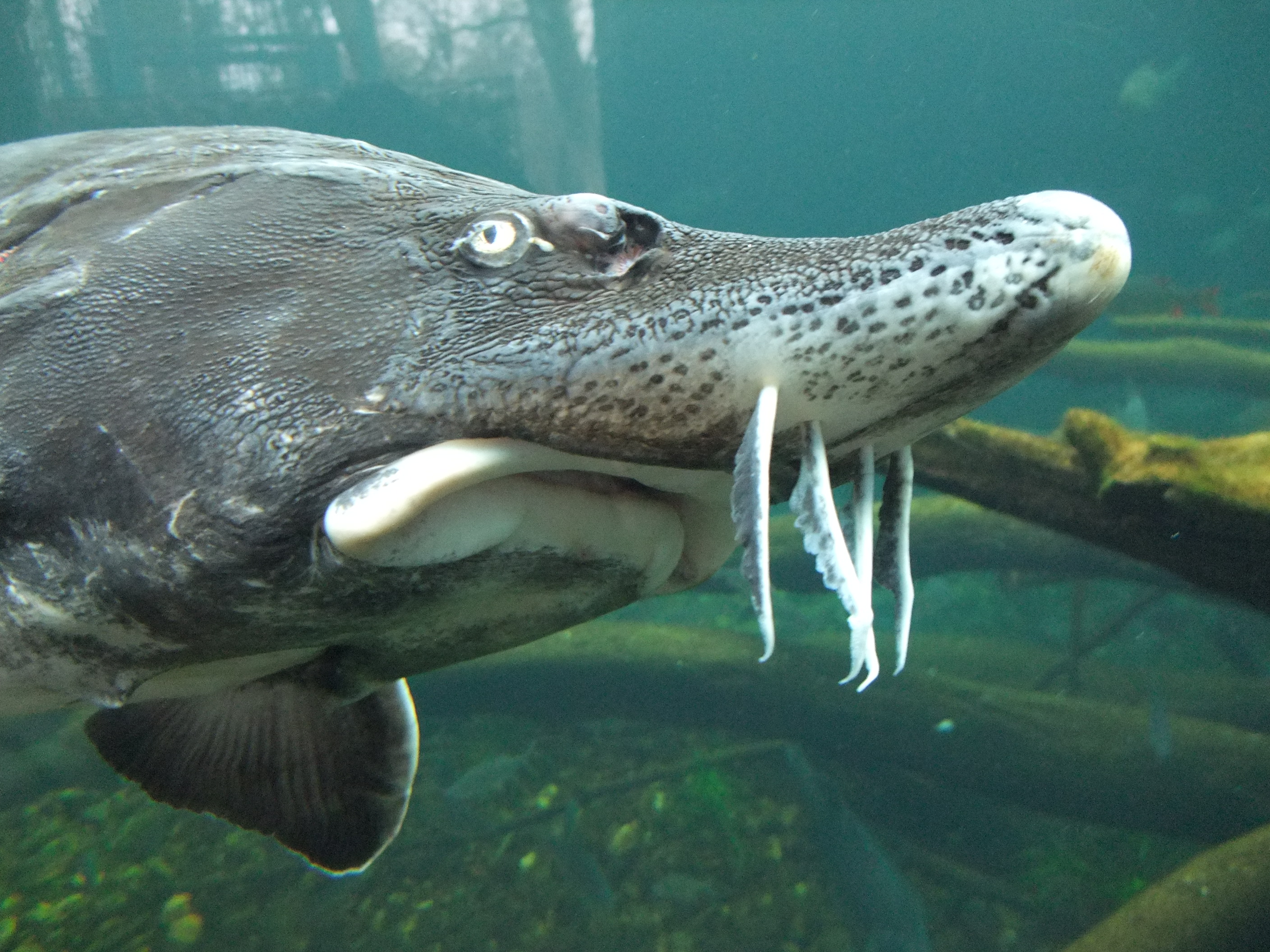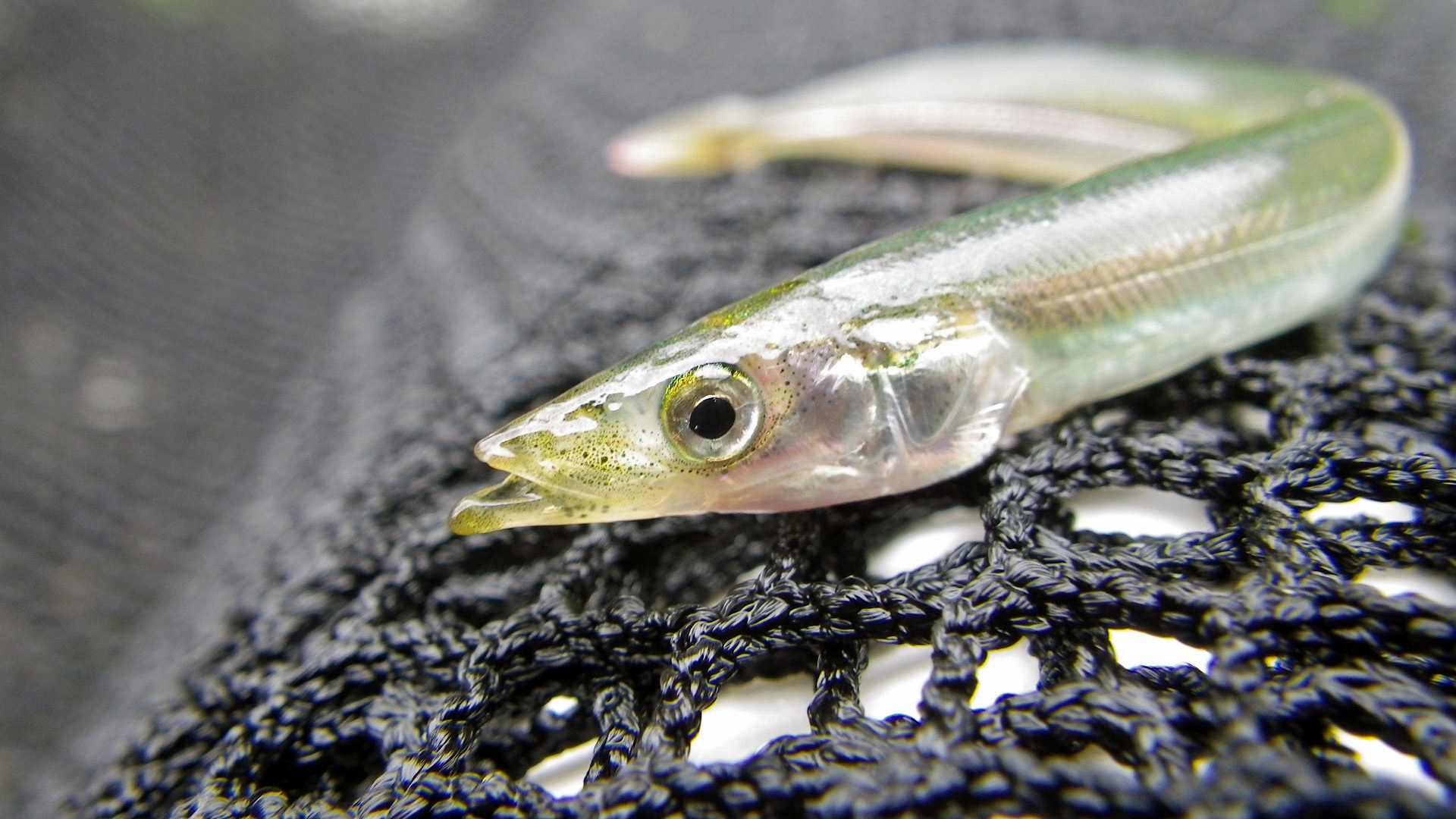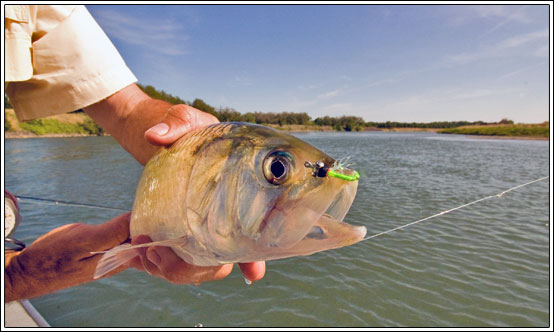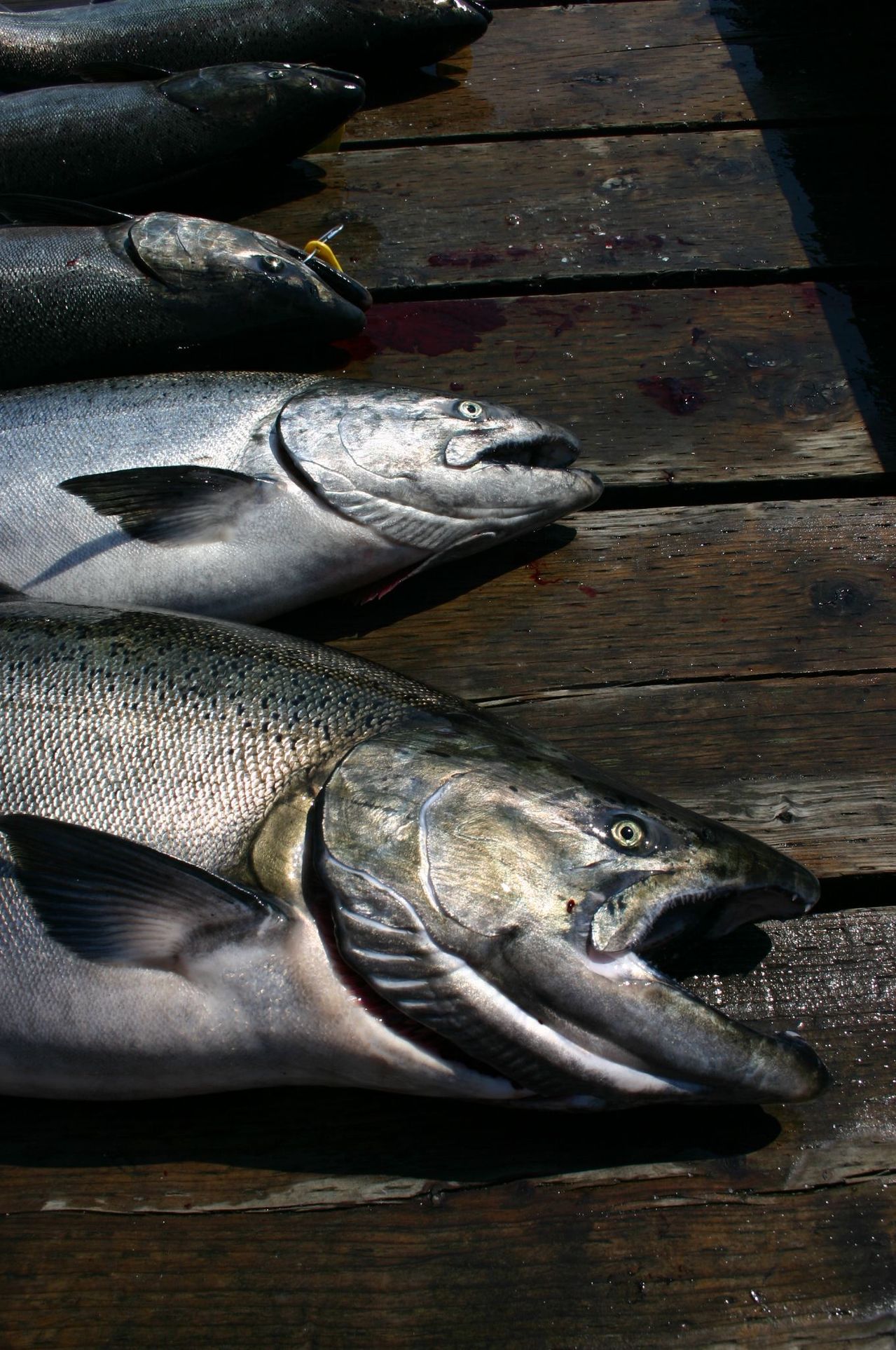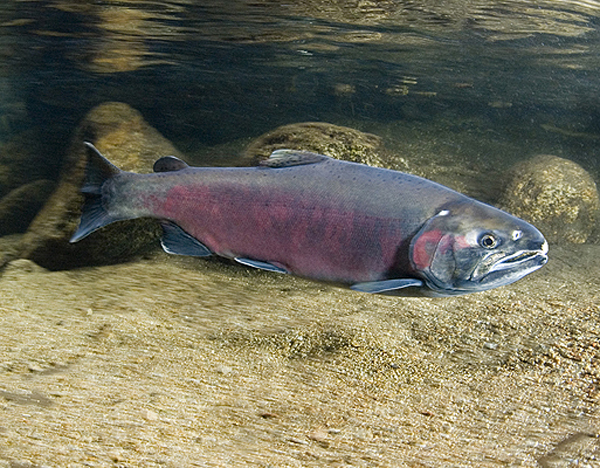Guess what? Lingcod aren’t a cod. Lingcod are actually greenling which are rockfish. But they’re much larger and tougher than other rockfish. Lings can reach upwards of 5 feet and weight up to 70 pounds.
How to Catch Lingcod- Fishing Techniques
Lingcod can be caught at any time of the year. And many are caught by rock cod fishermen, particularly while fishing in deep water (200-400). In fact, at times a large ling will strike a small rockfish that has just been hooked.
Dedicated lingcod pursuers, however, choose to fish in fall and winter. Three of the best months are December, January, and February. During this period lings are more active and move to shallower water to spawn.
Related Articles:
-
Lingcod Fishing Tips: Using Ascending Lures
-
How to Catch Rockfish
-
Blue Lake Oregon Fishing and Camping
-
How to Catch Rock Crabs
-
Lake Amador Camping and Fishing
Lingcod fishing, like rock cod fishing, is bottom, drift fishing. It is done over rocks or reefs. Once the rig has lowered to the bottom, it should be jigged up and down. Try to stay off the bottom to prevent snags.
Tackle and Equipment
You’ll need a gaff (lings will tear up a landing net), a fish billy (to subdue this fish which has sharp teeth and fins), and a needle-nose pliers (to take out the hook).
The tackle you’ll need is the same as needed for deep-water rock fishing: a medium-heavy to heavy roller-tipped, 6 to 7 rod, a 6/0 foot rod, a 6/0 or 4/0 ocean reel, a 30-50 pound monofilament line.
Lure and Bait
The most commonly used lure for lingcod is the chrome hex bar with treble hook. The appropriate lures range from 6-15 ounces depending on ocean conditions and lings’ preference. Some fishermen remove the strong treble hook that comes on this lure and replace it with light wire treble hooks. When hung up in the rocks, the light hook bends and gives before the line breaks, thus saving the expensive hex bar.
Another good offering is a lead-head bucktail jig with a pork trailer. About a 5-inch pork rind is good. The pork looks like the tentacles of small octopus, a favorite food of big lings. Many lingcod fishermen prefer bait fishing. The best bait is whole fish. Good choices include sanddabs, rockfish or squid. Some anglers cut the dorsal fin off rockfish when using it as bait. They say it makes the bait more appetizing. It’s best if the bait is alive, or at least freshly caught. 7-10 inches is a good size. Use a two hook rig. The end hook goes through the bait fish’s upper lip (or through both lips) and the other hook goes into the side of the fish near the tail. A secret, sleeper bait is octopus. Sometimes lingcod spit them up after being caught. Or you might find one in a ling’s stomach. In either case, use this gift bait to catch another ling.
Where to Fish
Lingcod seem to congregate on high rock pinnacles and along the irregular edges of reefs that drop off rapidly to deeper water. Key on such structured bottom characteristics with your electronic fish finder. Then position the boat to drift over likely holding spots. The northern California Coast from Monterey to the Oregon border has many lingcod-rich reefs. Off the Golden Gate, the Farallon Island chain, Fanny Shoals and Cordell Beach are the most likely producers of big lings. See the “Pacific Ocean Fishing” for detailed location information.
Lingcod are most often filleted. Larger ones can be steaked. Lingcod fillets or steaks are lean and mild tasting. Lingcod meat (depending on the age of the fish and where it was caught) is often green, but turns white upon cooking. Thick fillets or steaks can be barbecued or broiled. They are also suitable for poaching or frying. Thinner fillets can be sauteed. Lingcod is rather dense so it takes somewhat longer to cook.

